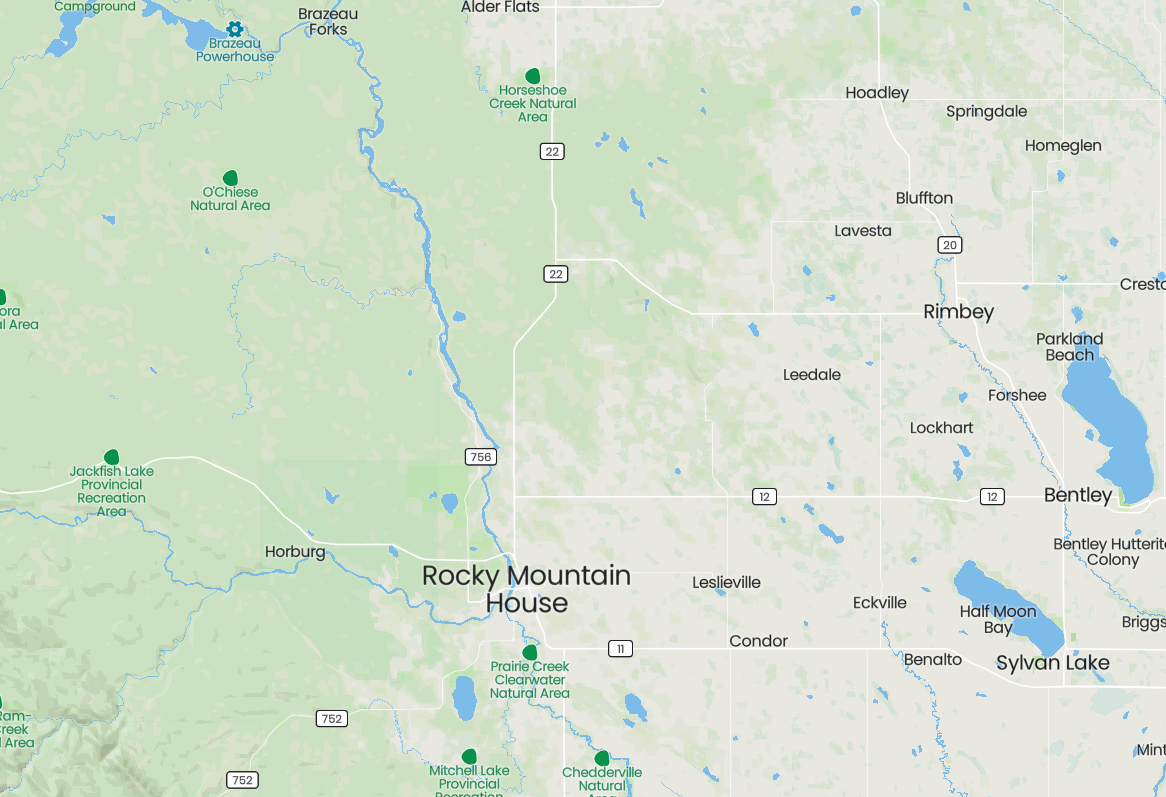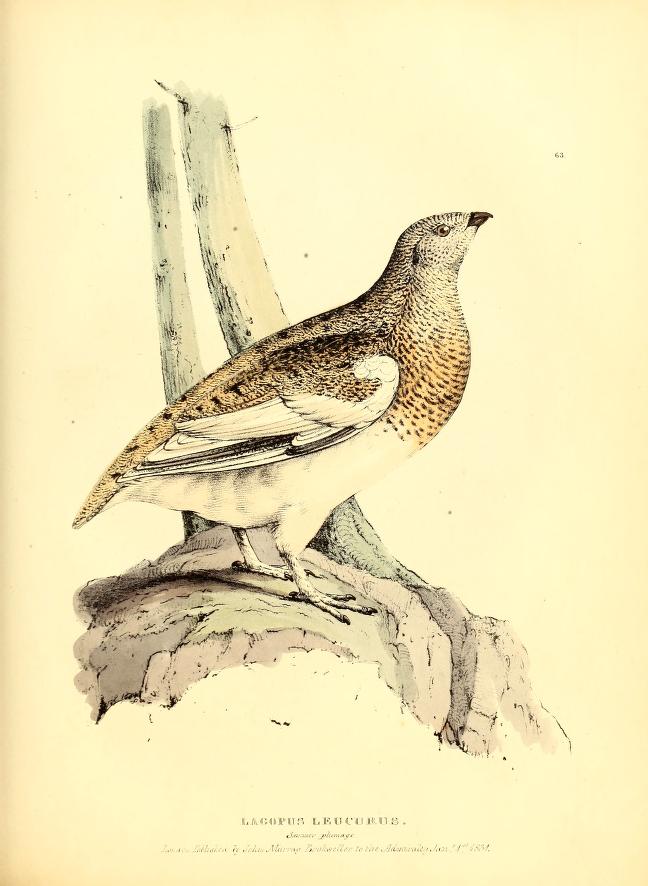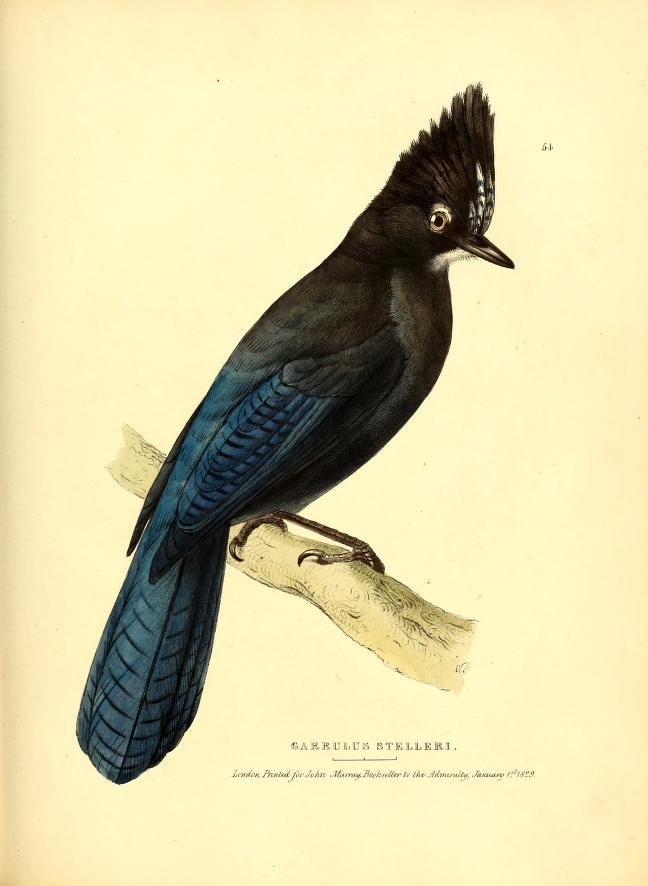Search
Regions
Thomas Drummond
(c1780-1835)
Thomas Drummond was the Assistant Naturalist and botanical collector assigned to the second Franklin Expedition (1825-1827) which explored arctic Canada in search of the Northwest Passage. Drummond's role was to collect natural history specimens, including birds ,in the Rockies of Alberta.
Both Franklin Expeditions were led by Sir John Franklin with John Richardson as naturalist. The avian records of the two expeditions were published in 1831 in Fauna Boreali Americana II: The Birds. The first expedition (1819-1822) collected ornithological specimens on the Canadian prairies including northern Alberta and the arctic. It is felt important that the relative importance of Drummond's collection to the ornithology of Alberta deserves a separate paper. This will become clearer in the paper on Richardson found elsewhere on this site. The Richardson paper examines, among other details, the ornithological results from Boreali by province and by territory.
Drummond was a botanist, the youngest brother of James Drummond, Director of the Cork Botanical Garden. Drummond was recommended for the expedition by William Jackson Hooker, eminent Professor of Botany at Glasgow University. Later in his career Hooker was appointed Director of the Royal Botanical Gardens at Kew.
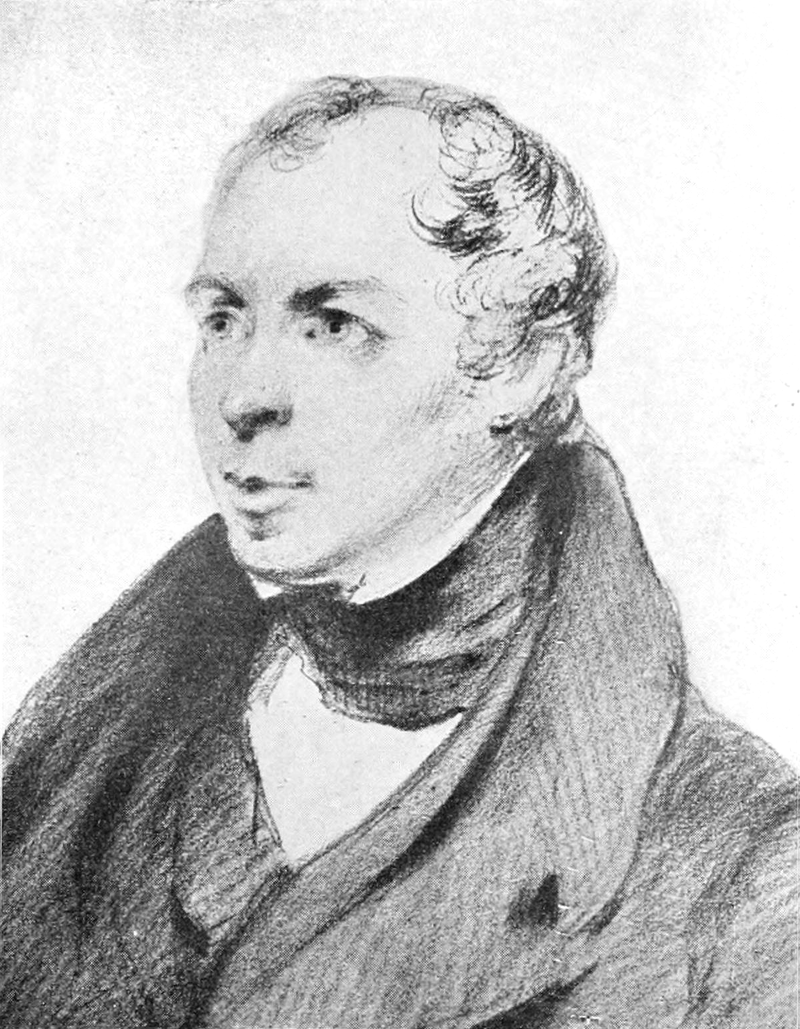 Thomas Drummond: The Popular science monthly, 1909.
Thomas Drummond: The Popular science monthly, 1909.
Much of the detail of Drummond's Alberta travels is found in his "Sketch of a journey to the Rocky Mountains and to the Columbia River in North America" published in 1830, edited by Hooker.
In August 20, 1825, Thomas Drummond left the main Franklin party at Cumberland House in eastern Saskatchewan to carry out his multi-year collecting trip to the Rocky Mountains. Drummond was essentially working alone assisted by employees operating from fur-trading forts of the Hudson's Bay Company across western Canada. He traveled up the North Saskatchewan River to Edmonton House located in what is now Edmonton, Alberta.
Drummond joined the Columbia Brigade which commenced its annual journey from Edmonton House across the Rockies into New Caledonia (British Columbia). They traveled first to Fort Assiniboine (B.8), on the Alberta map below, on the Athabaska River. The Fort had been completed the year before to provide a much better link for traders between New Caledonia and Alberta by a direct 80 mile route between the Athabaska and North Saskatchewan Rivers. They left Fort Assiniboine on October 1, 1825, proceeded upriver towards its headwaters arriving at Jasper House (B.94) in the Rocky Mountains on October 12. Drummond estimated the distance up the Athabaska from Fort to Jasper as 200 miles.
Jasper House was the eastern terminus of the Athabaska Pass which crossed over the Rocky Mountains to the valley of the Columbia, a distance Drummond estimated as 97 miles. Drummond set out with the Columbia Brigade from Jasper but eventually decided for logistical reasons to stay on the east side of the Rockies. He proceeded to collect flora and fauna in the upper Athabaska watershed through October and November, 1825.
As winter approached he made his way down to a location known as Baptiste River, an upper tributary of the North Saskatchewan River where he arrived on January 1, 1826. It is not clear by what route he took but it was likely via the Elk River which terminates at the North Saskatchewan upriver from Baptiste River. Drummond was hampered by logistics again when his aboriginal guide lost his pregnant wife and child. This forced one of many changes to his plans. The small community of Baptiste River is located today about 25 miles downriver from Rocky Mountain House (B.184).
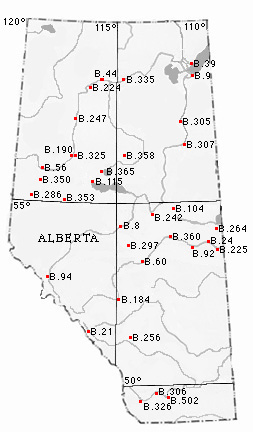 Map of Selected Hudsons Bay Forts in Alberta
Map of Selected Hudsons Bay Forts in Alberta
- B.8 Fort Assiniboine
- B.9 Lake Athabasca
- B.39 Fort Chipewyan
- B.60 Edmonton
- B.92 Island House
- B.94 Jasper House
- B.184 Rocky Mountain House
- B.190 Fort St. Mary
- B.224 Fort Vermilion (Peace River)
- B.225 Fort Vermilion (Saskatchewan River)
- B.242 Athabasca Landing
- B.286 Grande Prairie
- B.297 Lac Ste. Anne
- B.305 Fort McKay
- B.306 Fort MacLeod
- B.307 Fort McMurray
- B.325 Peace River Crossing
Drummond was to spend the winter going for walks daily in search of bird specimens and food. He wrote:
I had calculated upon being able to procure a good many specimens of birds during the winter, but here too I was disappointed, for most of them quit this country during the hard winter, and a very few kinds only remain, chiefly belonging to the genera Tetrao, Picus, Stryx, Corvus etc. Among them I remarked two species of Parus \[Black-capped and Boreal Chickadee\], and the Lesser Redpoll \[Common Redpoll\].
Drummond noted that he met regularly with "Partridges [Ruffed Grouse], Tetrao canadensis [Spruce Grouse] and T. rupestris [Rock Ptarmigan]" which he found the only game available. Alberta Bird Records compiled by Drummond are listed below.
Drummond's T. rupestris was actually the White-tailed Ptarmigan which is found in the area. The breeding range of the Rock Ptarmigan is considerably to the north near the border with the Northwest Territories. Picus species collected by Drummond included Black-backed, Three-toed and Pileated Woodpeckers. Resident and common in the area (from eBird records) are both Downy and Hairy Woodpecker although they do not appear anywhere on Drummond's lists. Drummond recorded both Great Horned and Northern Hawk Owls from Baptiste River. He may well have collected one of his Boreal Owls there as well.
It is evident that with few plants to collect in the dead of winter, and lots of idle time, the industrious Drummond spent three months devoted to collecting birds and mammals. He spent more time at Baptiste River than at any other location. It is not surprising that the area turned out to be a key avifauna collecting site for his expedition.
Drummond left Baptiste River on April 1, 1826, returning to Jasper House by the Elk River. He was at Jasper House on May 6 when the Brigade arrived from the Columbia. It was near Jasper that Drummond came literally face-to-face with a Grizzly Bear and her two cubs. By sheer luck he survived this incident. During this period Drummond noted the arrival of ducks and geese. Nowhere in the record of his time in the Rockies does he mention any specific species except Harlequin Duck and Barrow's Goldeneye. Anatidae which pass through the area of the Maligne Valley at Jasper, in April and May, according to eBird, most commonly include Canada Goose, American Wigeon, Mallard, Green-winged Teal, Bufflehead and Common Merganser.
Drummond spent most of May and early June collecting around Jasper. This appears to include the upper Elk River watershed. This was the only time when he could have collected the nest of a Ruby-throated Hummingbird and specimens of House and Marsh Wrens.
Drummond left Jasper on June 15th to explore to the north traveling to "Lac-le-Pierre" a distance he estimated at 60 miles. This likely placed him in the area of present day Pierre Grey's Lake Provincial Park. The Park is located directly north of Jasper and 37 kms east of Grand Cache, Alberta.
Based at Lac-le-Pierre he undertook a number of collecting trips in the area including a visit to "Grande Saline" 20 miles to the southwest. On July 20th he set out to return by his outbound route. It seems likely that collecting birds in the mountains during June and July would have proved very productive. Unfortunately there are no specific Drummond avifauna collection records from this area.
Drummond returned to Jasper intending to join a Columbia Brigade party heading west into New Caledonia. Unfortunately this plan fell through again due to more logistical problems. Drummond decided to leave Jasper after a three months residence there. Given better seasonal collecting for birds (October and November, 1825 and May-June, 1826) the Jasper area was probably the most productive place he visited.
Failing again to go to New Caledonia Drummond went downriver to the Hudson's Bay Fort at Smoking River. He had originally planned to spend the previous winter there but logistical issues forced him to only go as far as Baptiste River. "Smoking River" appears to be the Hudson's Bay Fort St. Mary (B.190) at the junction of the Smoking River with the Peace River near the community of Peace River, at Latitude 56 degrees. The Peace River is a considerable distance north of the Athabaska. The location appears to be correct as Hooker in Flora Boreali Americana makes reference to plant material collected by Drummond at Smoking River which Drummond notes in numerous cases at Latitude 56 degrees. Smoking River is given as the collecting location for Drummond's Willow Ptarmigan and Rough-legged Hawk. The site was probably attractive to Drummond offering the chance to collect different flora and fauna in more open prairie habitat.
British Columbia Bird Records
Drummond remained at Smoking River from mid-August to late September, 1826. From there he proceeded south to Edmonton House (B.60) where he deposited his extensive collections of plant, mammals and birds. At Edmonton House Drummond again fell in with the Columbia Brigade this time accompanying it back to the Athabaska, upriver through Jasper and through the Pass into New Caledonia. He arrived at the boat encampment on the Columbia River on October 17th.
Drummond left the Columbia Brigade at this point as he intended to retrace his steps back to Jasper House. At this point he met Finan McDonald. McDonald was leaving New Caledonia with his family after a residence of 20 years. Drummond was to grill McDonald, who had a genuine interest in nature and birds, about the knowledge of the flora and fauna of New Caledonia. It would seem likely that some New Caledonian bird records in Boreali may have been passed on to Richardson from Drummond's encounter with McDonald. They reached Jasper House on October 30, 1826. The only species known to have been collected by Drummond during his very short stay in British Columbia was a Steller's Jay.
Drummond's single bird record, Steller's Jay, to be attributed to British Columbia was collected on October 17, 1826, at Boat Landing, upper Columbia River, B.C. Richardson noted what he knew of the range of the Steller's Jay in the Pacific northwest in Boreali : 294:
This jay is not uncommon in the summertime on the Pacific coast of America, from the mouth of the Columbia to the fifty-sixth parallel. It also frequents the Rocky Mountains, where Mr. Drummond procured a specimen.
Drummond and McDonald traveled downriver reaching Fort Assiniboine in late November and Edmonton House about December 15, 1826. Drummond wintered at Fort Edmonton. At this point Drummond's Alberta collecting was essentially over. He left Edmonton in mid-March and arrived at Fort Carlton, Saskatchewan on April 5, 1827 where he rejoined Richardson and the main party.
The party made its way back to York Fort via Norway House, Manitoba, where they met David Douglas who was returning from his expedition to the Columbia River. Douglas accompanied them to York Fort where they picked up a boat which took them back to England. Douglas was to become a key source of information on the bird life of New Caledonia so evident in Boreali. See Douglas's ornithological records under British Columbia.
Alberta Bird Records
During his trip to the Rockies Drummond collected 1500 species of plants, 50 animals and 150 bird specimens. His collection included type specimens for Barrow's Goldeneye (Type Specimens of Birds in the United States National Museum:37) and Black-backed Woodpecker, White-tailed Ptarmigan and three new sub-species of grouse (Biographical Dictionary:223).
Some of the most interesting records were the various grouse he encountered. Drummond provided the following comments (Sketch:212) which are particularly interesting in reference to the Dusky Grouse:
Of the genus Tetrao I remarked the following species: Tetrao Phasianellusi [Sharp-tailed Grouse] the one which I have already described as inhabiting the plains; T. canadensis [Spruce Grouse], which frequents pine woods; T. Umbellus [Ruffed Grouse] or the White Flesher, a bird found among poplar woods, and remarkable for the curious beating that it makes with its wings, and always when seated on a fallen tree; another species of Tetrao, [Ducky Grouse] nearly allied to the last, and probably only a variety oi it; T. Richardsoni: M Bonaparte, in honour of Dr. Richardson; it is the largest species that I saw, and appears to be peculiar to the Rocky Mountains; the back of the male is of a uniform dark brown, nearly black, with the breast and under part of a leaden colour, the space round the eyes, which is bare of feathers, is, in this bird, of a yellow colour. The usual station of the male, about the pairing time, is on some rocky eminence, or large stone, where he sits, swelling out his neck, spreading his tail, and repeating the cry, "Coombe, Coombe," in the fine mornings. The hens much resemble the females of Tetrao canadensis, and are considerably smaller than the other sex. They live on berries and herbs of various kinds, and are very good eating.
Richardson in Fauna Boreali Americana II: The Birds noted that Drummond collected 150 bird specimens. It is certain that the collection included multiple examples of numerous birds illustrating males and females in species such as hawks and woodpeckers and amongst the grouse and ptarmigans in particular, variations in plumages.
Many of Drummond's 34 records listed below were firsts for the species in the province. An examination of all Alberta records from both Franklin expeditions will be found under Richardson located elsewhere on this site.
Based on knowledge of when and where Drummond was collecting in Sketch, his summary of bird records outlined Sketch:212-214, and records in Boreali, his complete bird records from Alberta, largely in the Rockies, is set out below:
- Harlequin Duck, 1826, east side of the Rockies
- Barrow's Goldeneye, 1826-27, possibly Baptiste River (Baird: Type specimen)
- Ruffed Grouse, winter, 1826, Baptiste River
- Spruce Grouse, winter, 1826, Baptiste River
- Willow Ptarmigan, likely late summer, 1826, Smoking River,
- White-tailed Ptarmigan, winter 1826, Baptiste River (Boreali: 306, 4 specimens)
- Dusky Grouse, winter, 1826, Baptiste River
- Common Nighthawk, mentioned in Sketch as common on plains west to Rockies
- Ruby-throated Hummingbird, spring, 1825, upper Elk River (Boreali: 323, nest)
- Eskimo Curlew, based on habitat possibly in August-September, 1826, at Smokey River
- Wilson's Snipe, 1825-26, no date, Rockies
- Bald Eagle, no date, likely Jasper House area
- Goshawk, winter-spring, Baptiste River
- Rough-legged Hawk, September 1826, Smoking River
- Golden Eagle, July, 1826 in vicinity of Lac-le-Pierre
- Great Horned Owl*, early 1826, Baptiste River
- Snowy Owl, no date, collected in eastern Rockies
- Northern Hawk Owl, early 1826, Baptiste River
- Boreal Owl, two specimens collected in Rockies (Boreali: 95)
- American Three-toed Woodpecker*, October or November, 1825 and May-June, 1826, Jasper area
- Black-backed Woodpecker, October and November, 1825 or May-June, 1826, Jasper area
- Northern Flicker, widespread
- Pileated Woodpecker, 1825-26, Rockies killed in winter likely Baptiste River
- Merlin, early 1826, Baptiste River
- Canada Jay, nesting March 18,1826, Baptiste River
- Black-capped Chickadee, early 1826, Baptiste River
- Boreal Chickadee, early1826, Baptiste River
- House Wren, spring, 1826, Elk River watershed
- Marsh Wren, spring, 1826, Elk River watershed
- American Dipper, late fall,1825, upper Athabaska River; also Baptiste River (3 specimens)
- Bohemian Waxwing, spring, 1826, upper Elk River watershed
- American Robin, widespread
- Common Redpoll, winter, 1826, Baptiste River
- Snow Bunting, winter, 1826, Baptiste River
* Drummond in Sketch notes that he collected 3 or 4 different owls and 7 or 8 species of woodpecker; given the massive task of writing up Boreali it is not surprising that Richardson did not include all Drummond's records, especially of the more common birds.
Finally, Richardson (Boreali:115) notes that Drummond found a nest of the Loggerhead Shrike at the beginning of June, without specifying the location or the year:
in a bush of willows; it was built of twigs of artemisiae and dried grass, and lined with feathers. Its eggs, six in number, resembled those of a Magpie, being of a very pale yellowish-grey colour, with many irregular and confluent spots of oil-green, interspersed with a few of smoke-grey.
Considerable discussion was given in the text of Boreali to the identity of the shrikes encountered during the expedition. At the time ornithologists were unaware of the breeding range of the two species. Richardson correctly identified most of the birds collected as Loggerhead Shrikes. Given Drummond's timetable as we know it, his June observation was not made in Alberta.
Bibliography
- Deignan, Herbert. 1961. Type Specimens of Birds in the United States National Museum. Smithsonian Bulletin 221. Washington: Smithsonian Institution
- Drummond, Thomas. 1830. "Sketch of a journey to the Rocky Mountains and to the Columbia River in North America". Edit W. J. Hooker. Botanical Miscellany 1:178-219. London: John Murray
- Hoeniger, Judith F. M. "Thomas Drummond". Dictionary of Canadian Biography Online http://www.biographi.ca/en/bio/drummondthomas6E.html
- Houston, Stuart. 1997. "Drummond, Thomas". Biographical Dictionary of American and Canadian Naturalists and Environmentalists. Westport, Connecticut: Greenwood Press
- Swainson, William and John Richardson. 1831. Fauna Boreali Americana II: The Birds. London: John Murray
